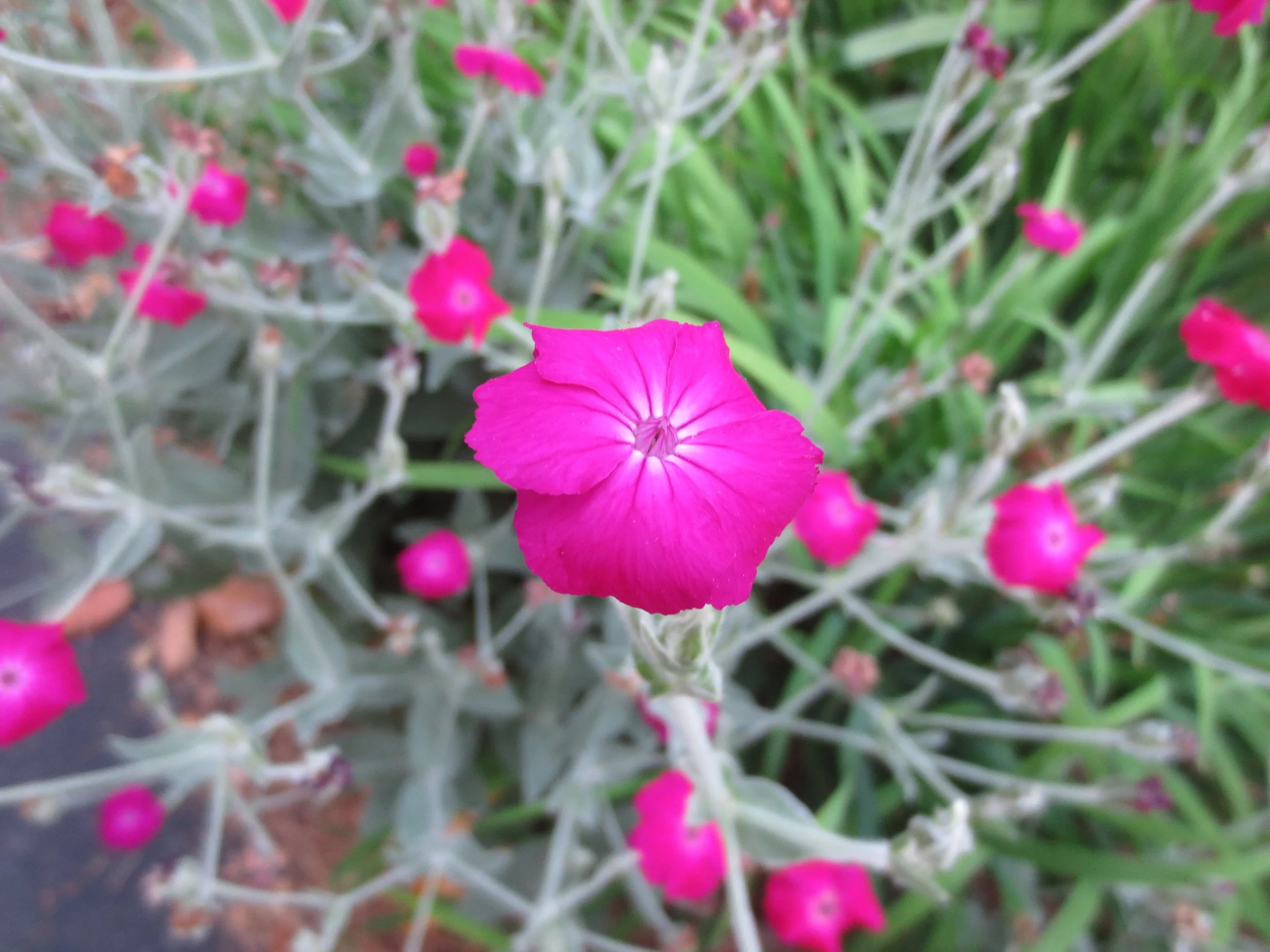Just when I think I’m familiar with most plants that grow in our area, BOOM, a new one comes across my radar. This was the case with Sciadopitys verticillata, pronounced sigh-uh-DOP-ih-tiss ver-ti-si-LAH-tuh. The common name is Japanese Umbrella Pine. At first glance, I thought this lovely evergreen tree was Podocarpus, but closer inspection corrected that notion.
Sciadopitys is native to Japan. There are fossils of it dating back 230 million years. The needles are whirled at branch tips, which makes them look like green umbrellas – hence the common name. The two specimens I saw at a local arboretum inspired instant plant lust. No local nurseries had them for sale. I reached out to the internet, and discovered a mail order nursery in North Carolina offered 14 cultivars. Alas, all inventory was sold out. Other vendors had available trees for sale, but offered them at prices that made my credit card shiver with fear. My research revealed that Japanese Umbrella Pines might reach thirty feet or so at maturity, but their growth rate is slow. Slow, as in about six inches per year. At that rate, a tree would reach mature height in approximately sixty years. This growth rate explained why sizeable specimens are so expensive.
I returned to the arboretum several times to verify my admiration. Each visit confirmed my belief that I must have this plant in my home garden. The aforementioned NC nursery has an open house twice a year, a special opportunity to put boots on soil in an area that is normally closed to shoppers. I attended the open house with a friend, and almost left my $$ at home as a means of self discipline. I am very grateful that I did not, because they were selling several cultivars of the coveted Japanese Umbrella Pine. The hard part was deciding which one was going home with me. Would it be 'Sternschnuppe' with branches like shooting stars? 'Golden Parasol' with yellow foliage? Or ‘Fat Boy’ which grows almost as wide as it is tall? I finally decided on ‘Propeller’ whose needle tips are supposed to twist like a propeller.
Japanese Umbrella Pines are recommended for acidic to neutral soil, full sun to part shade, zones 5a to 8a. I live on the warmest end of that range, so decided that my trees would receive part shade instead of full sun. ‘Propeller’ is supposed to reach just six feet tall in ten years. Perfect for a container! I bought two and placed them in different parts of my landscape. I will gauge their reaction to sun exposure after a season and relocate as necessary.
Japanese Umbrella Pines have two types of cones. The male cones are a half-inch long and occur in groups at branch tips. The female cones are around three inches, upright, and age to a reddish brown. It takes 18-20 months for female cones to mature after pollination, another reason that these plants are not cheap. With age, the rusty brown bark will exfoliate in strips, adding another feature. While they would perfectly compliment an Asian-theme garden, these lovely specimens will look good in any setting. I can’t wait to see their growth over the next decade.
This is the tree that spurred my insistence on ownership.


